I have a lot of sympathy for the Dundee homeowners whose properties have been affected by Raac.
Reinforced autoclaved aerated concrete (Raac) is a lightweight form of concrete used in buildings from the 1950s until the ‘90s.
It’s been known for a long time to be less durable and more prone to decay than ordinary concrete but it’s only now that the chickens are coming home to roost.
Mortgage companies are refusing to lend on homes with Raac. Surveyors are knocking tens of thousands of pounds off their valuations or even valuing them at £0.
And many local authorities – such as Dundee City Council – are more or less washing their hands of the affair. If you’re a private owner it doesn’t matter that issues with your home’s structure weren’t stated when you bought it. You’re on your own.
No need to declare Raac
Unlike with asbestos, there’s no obligation to declare the presence of Raac on a home report when you’re selling a property.
Indeed, two properties on Dundee’s Brington Place are on the market right now with no information on whether there is Raac in their roofs.
A lot people got mortgages unaware that their property was built with a substandard material.
They are now stuck in homes that are worth less than they paid and face unaffordable costs to put them right.
The council built those homes in the first place.
It may no longer be legally obligated to make right construction defects. But it is morally obliged to help.
Local authorities could make their own engineers available at cost price to save people paying for a chartered engineer.
And if they’re repairing council-owned properties they can use their economies of scale to extend those repairs to privately owned buildings and make them safe at a lower cost to the owners.
Building on the cheap
Of course the big issue here is building on the cheap. Raac was used because it cost less.
Instead of building homes to last basically forever, as we did until the early 20th Century, we now design them to have a lifespan of about 50 years.
At the same time property prices have rocketed. Eventually someone gets unlucky and is left carrying the can when their home becomes unsafe and needs to be knocked down.
It makes me wonder what the next scandal in building with be. Will it be the use of softwood timber frames? I can’t see how pine from a tree harvested at 30 or 40 years old can be as strong or durable as the 100-year-old hardwood we used to use.
Or will it be the use of rigid insulation? This stuff is already in the firing line for contributing to all those deaths at Grenfell Tower. But it also doesn’t breathe well, and if ventilation fails our homes might rot from the inside.
Perhaps it will merely be shoddy workmanship. The big house developers throw up hundreds or thousands of homes in a single development. Tales are rife of bathroom fans venting steam into attics instead of out the roof, of missing insulation, and of inadequate ventilation.
Only a handful of homes per development are inspected by the council. If you self-build your own home using trusted local tradesmen it will be scrutinised far more closely by council officers than a housing development made by workers shipped in and under pressure to get the job done quickly.
Cherish old buildings
It’s fair to say that the stone-built houses and flats that were constructed in the 1900s will still be standing long after anything being built today.
And yet we do so little to cherish them. Tenement flats go decades without any work on their roofs. I’ve written before that councils should charge landlords and owner-occupiers £5 a month that gets used to clear gutters and replace broken slates.
But too many wonderful buildings are left to rot. Robertson’s Whisky Bond on Dundee’s Seagate and the former King’s Theatre on the Cowgate are two examples of beautiful buildings that have lain empty for decades.
Why? It’s too expensive to restore them. The regulations are set up to make it completely uneconomical. New builds pay 0% VAT while old buildings pay the full 20% (there is a scheme to reduce VAT on empty homes but it’s nearly impossible to claim on it).
New builds can put in cheap UPVC windows but listed or heritage buildings require expensive bespoke timber windows, or to have inefficient original single glazing restored.
Finally, old buildings cost more to renovate because you don’t know what issues you’ll be faced with until you open them up.
How do we make things better?
We need to bring these buildings back into use. They’re beautiful and irreplaceable. And we need them to be occupied so our town and city centres regain their vibrancy.
There should be zero VAT on renovating older buildings. And why not go further? How about if you renovate an older building you don’t pay tax on the income from it for five or 10 years?
That incentivises development, and local authorities and the government will benefit from council tax and business rates income a few years down the line.
The alternative is a lot of empty buildings that are a headache for councils and an eyesore to everyone.
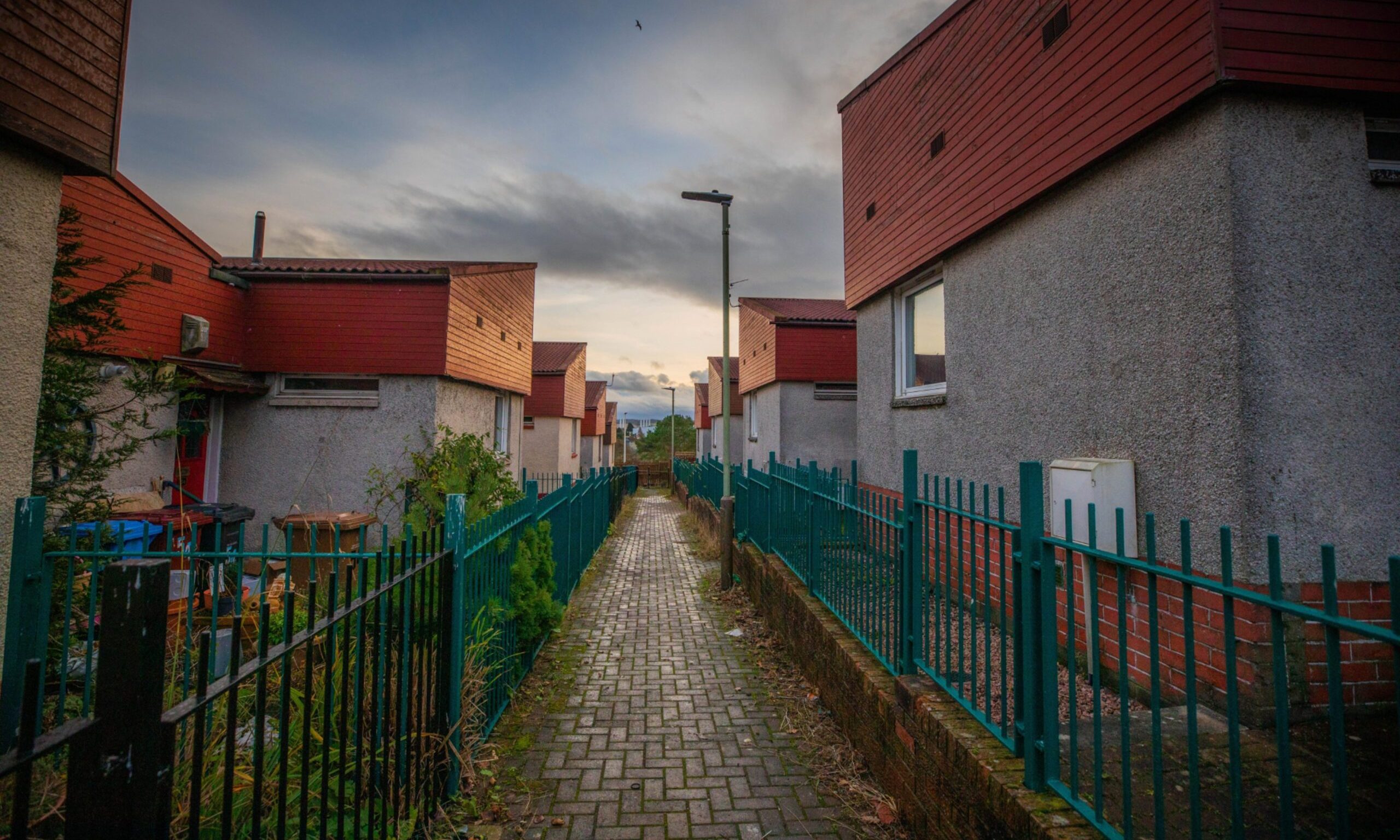
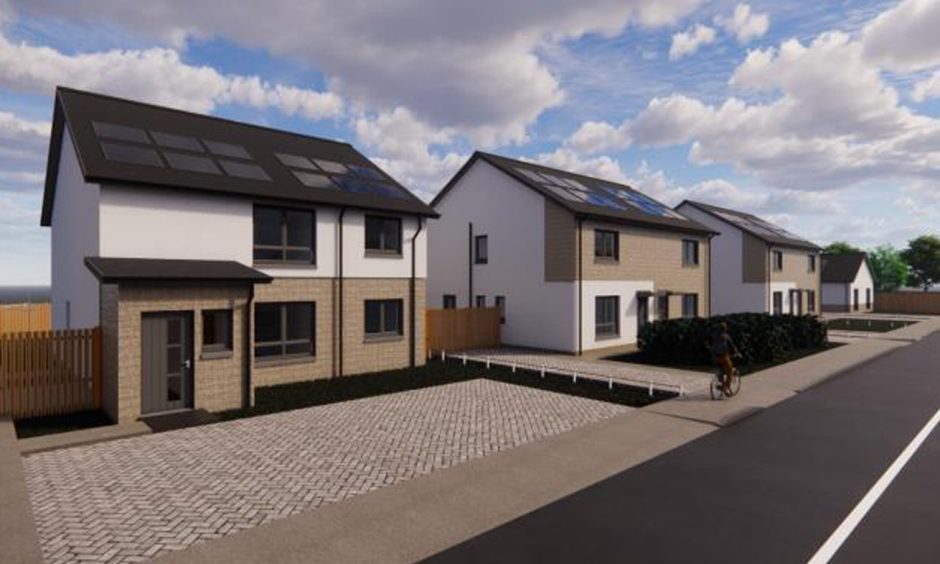
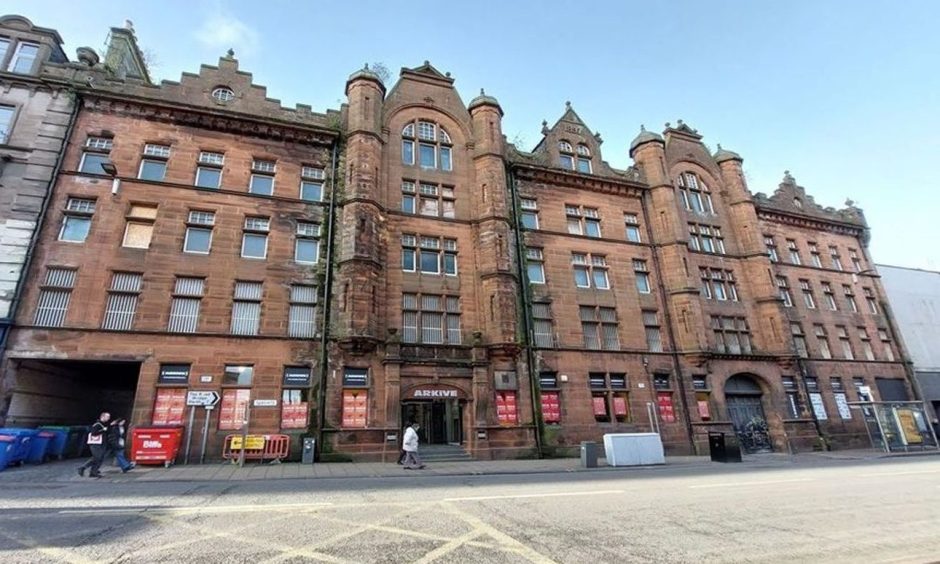
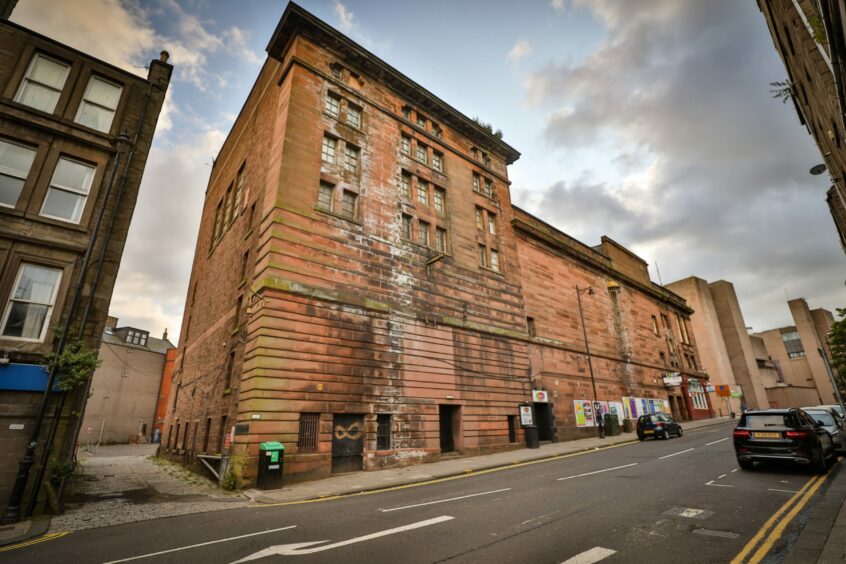

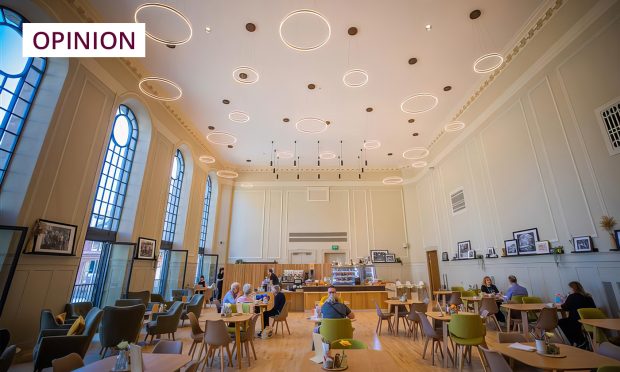

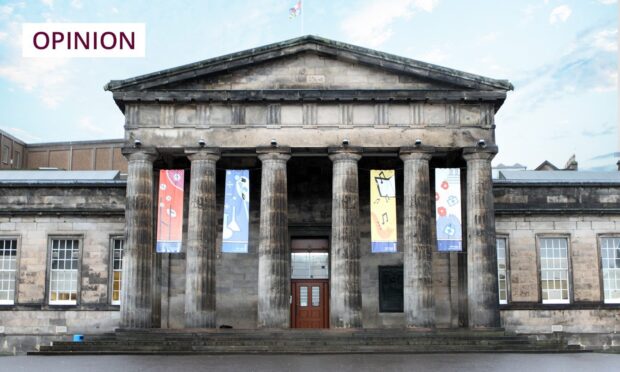


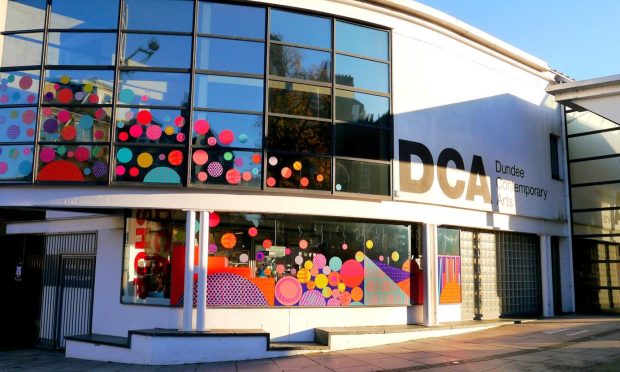


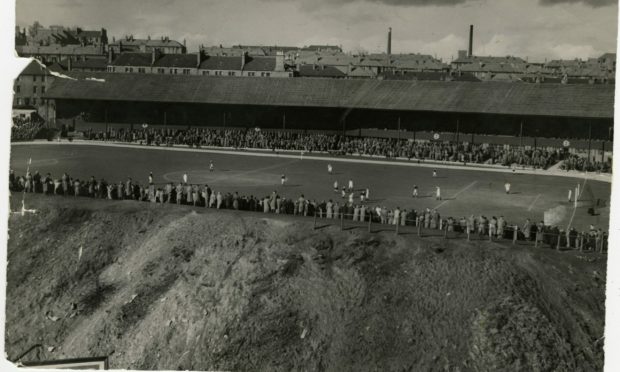
Conversation